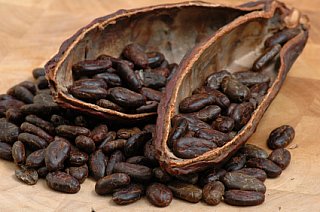Summer Crafts For Kids
tin can lanterns
:: Mama Scout ::
chalk paint
:: Let The Children Play ::
rock necklaces
:: Little Birdie Secrets ::
friendship bracelets
:: Honestly WTF ::
bubble wands
:: Kleas ::
bow and arrows
:: Imagine Childhood ::
no-sew ribbon twirlers
:: Curly Birds ::
plastic lacing boondoggle
:: Roots And Wings Co. ::
fairy windchimes
:: Beneath The Rowan Tree ::
DIY Rope Bracelet
Posted by Erica on

You’ll need: - a little over 2 feet of 2mm accessory or utility cord (you can also use twine, mason line or any cord)- a 7/8″ brass S hook - a pair of pliers - a lighter
Before you begin, seal the tips of the cord by burning them with a lighter. This will prevent the cord from fraying as you work. With a pair of flat nose pliers, squeeze one side of the S hook until it is completely closed. Do the same to the other side but leave just enough room for the cord to slip through. Thread 6 inches of cord through the closed side of the hook. Fold 3 inches of cord back on itself, creating a zig zag. Bend the last 2 inches of the cord over the zig zag. (Click images to enlarge)
Coil the cord twice around towards the left loop. Push the tip through the opening of the left loop. While pinching the tip with your left fingers, use your right fingers and push the coil to the left until the loop is closed and the knot is tight. Test the adjustable knot by sliding it towards the base of the S hook.
Repeat the same steps on the other side. This time, coiling towards the right side and pushing the coil in the same direction.
Trim and re-burn the tips if necessary. Your wrap bracelet is finished! It can be wrapped around the wrist 2-3 times and adjusted with the sliding knots.
Try making the bracelets with leather cord too. Have fun!
(top image from here;




















